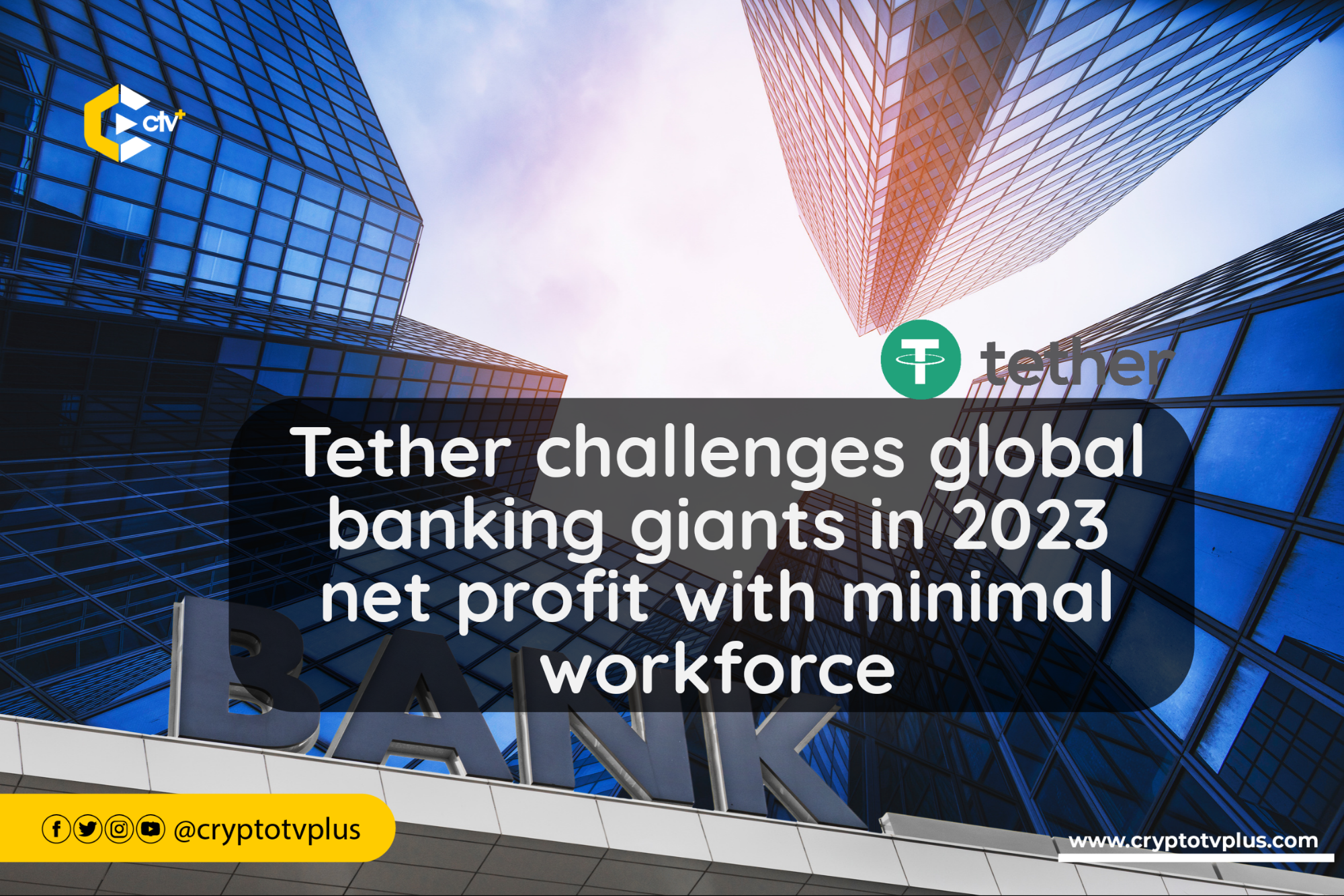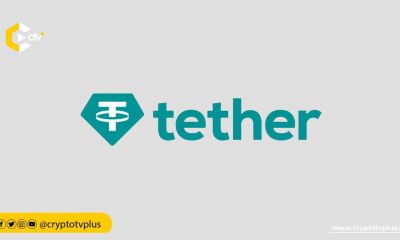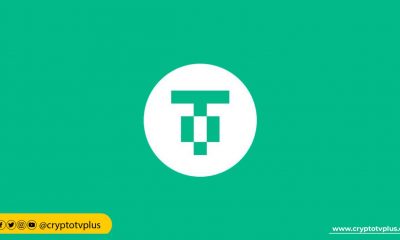News
Tether challenges global banking giants in 2023 net profit with minimal workforce

Maelstrom data analysis has shown that Tether, the issuer of the popular stablecoin USDT, raked in an astonishing $6.2 billion in net profit in 2023.
What’s even more remarkable is that this figure represents a staggering 78% of Goldman Sachs’ earnings and 72% of Morgan Stanley’s, two financial powerhouses renowned for their global dominance.
Despite boasting a workforce of merely around 100 employees, Tether has managed to outshine giants like Goldman Sachs, which employs approximately 49,000 individuals, and Morgan Stanley, with a workforce of around 82,000.
The rise of Tether’s profitability is a testament to the growing influence and significance of the cryptocurrency sector in the global financial system.
While traditional financial institutions have long held sway over markets, the presence of digital assets such as stablecoins has disrupted conventional norms, offering investors alternative avenues for wealth generation.
Tether is a cryptocurrency firm that has created the Tether stablecoin (USDT), which is designed to maintain a stable value by being backed by fiat currency reserves. Tether was founded in 2014 by Brock Pierce, Reeve Collins, and Craig Sellars, initially under the name Realcoin.
The company aimed to bridge the gaps between fiat currencies and blockchain assets, offering transparency, stability, and low fees for USDT users. Tether USDT is a fiat-collateralized stablecoin, meaning it is backed by a fiat currency like the US dollar, with each USDT token being worth $1 and backed by $1 in reserves.
Tether operates on several blockchain networks, including Bitcoin, Ethereum, EOS, Tron, Algorand, and OMG Network, allowing it to be used without hassle by investors who want to hedge against the volatility of their cryptocurrency investments.
Its reserves are managed by Tether Limited, which is owned by the British Virgin Islands-based company iFinex Inc., which also owns the Bitfinex cryptocurrency exchange. This connection between Tether and Bitfinex has raised concerns about the transparency and verifiability of Tether’s claimed fiat reserves, particularly due to past controversies and legal issues.
The rest of Tether’s reserves consisted of secured loans, corporate bonds, and commercial paper. Despite these concerns, Tether remains the largest cryptocurrency in terms of trading volume, commanding 64% of the market share among stablecoins and having surpassed Bitcoin in 2019 to become the most traded cryptocurrency.
Read also; Solana devs target April 15 for fixing failed transactions
























